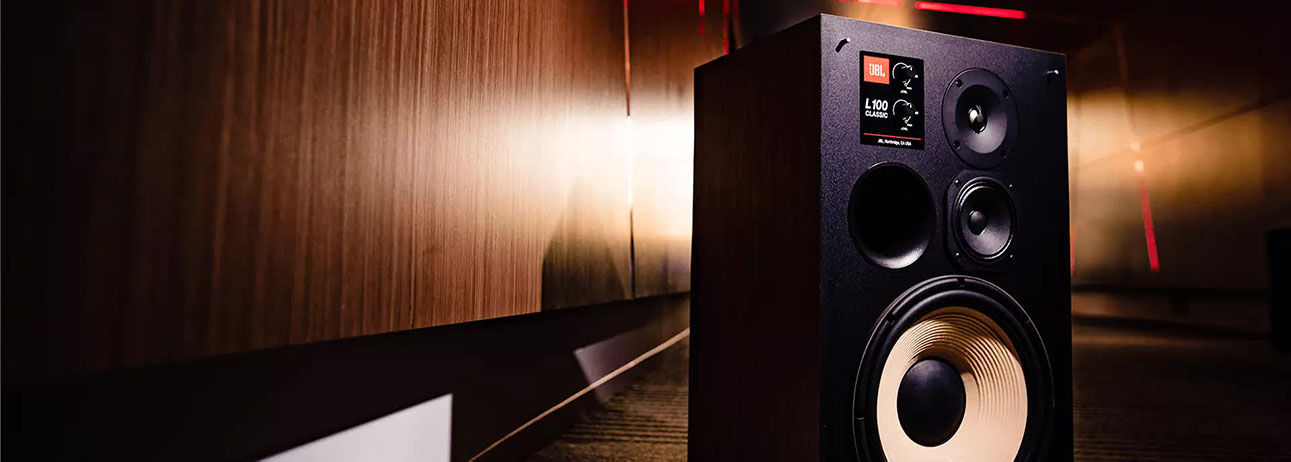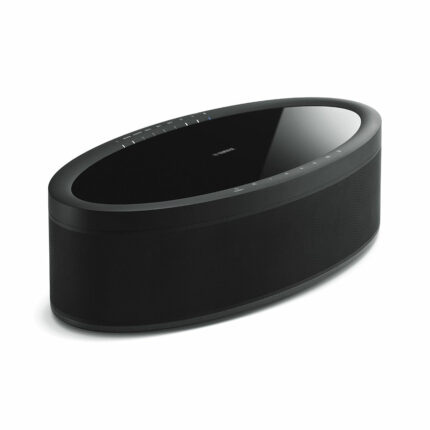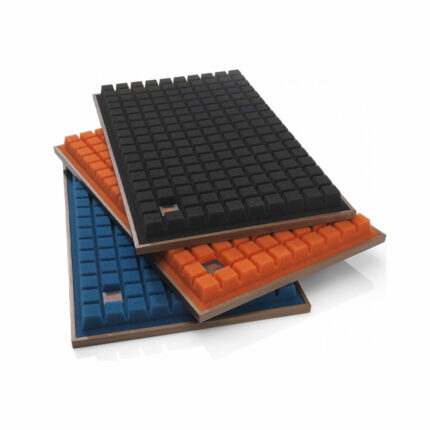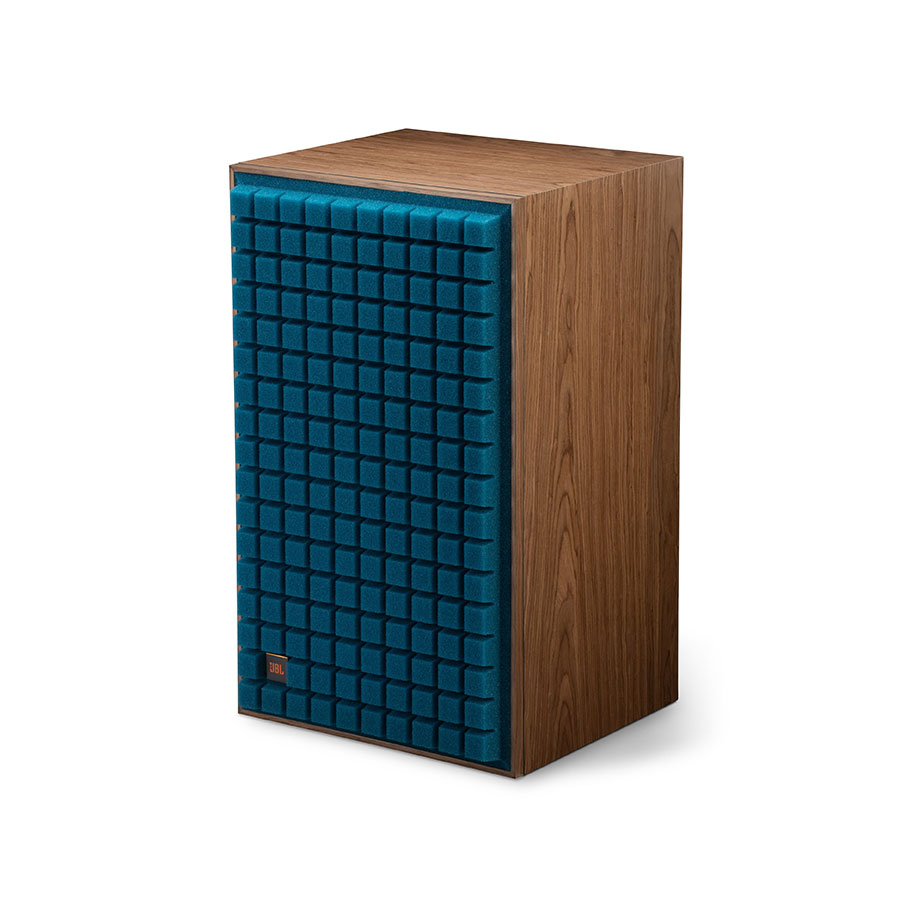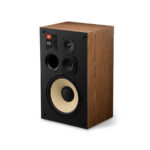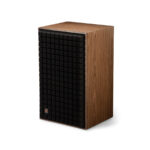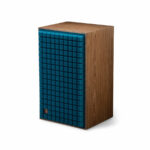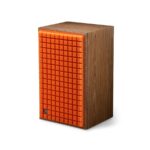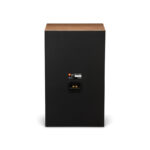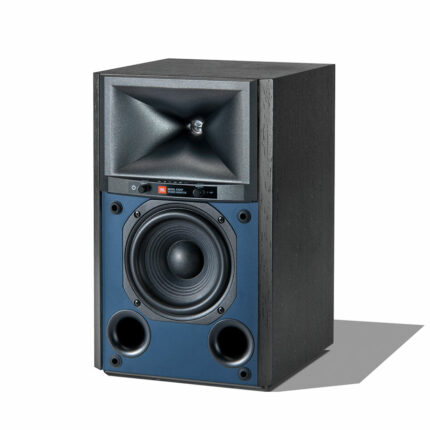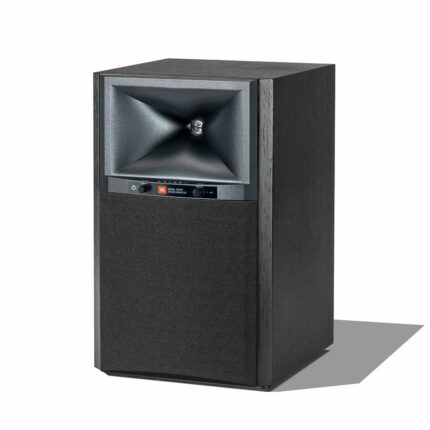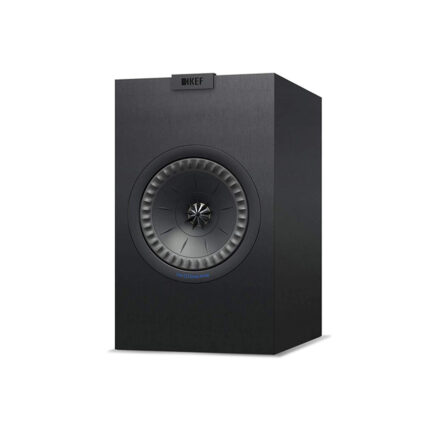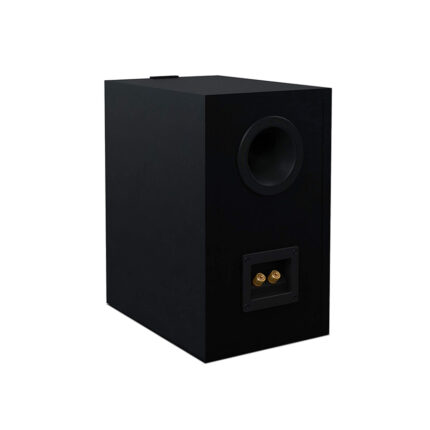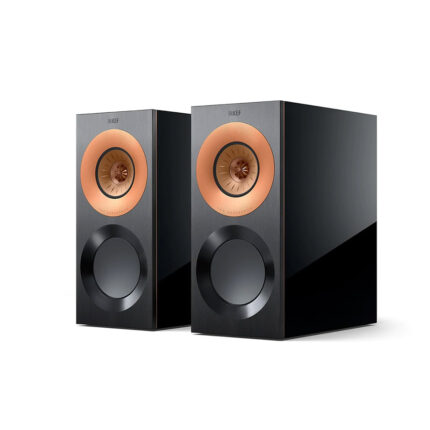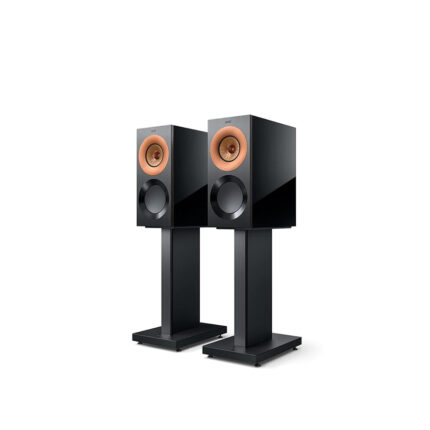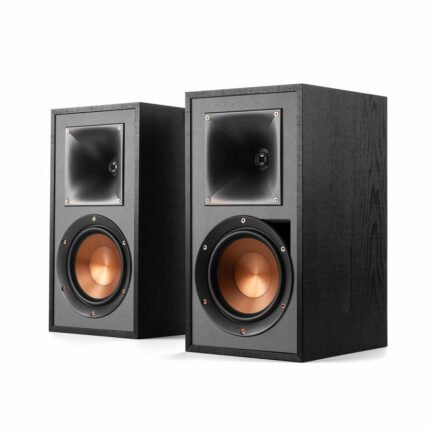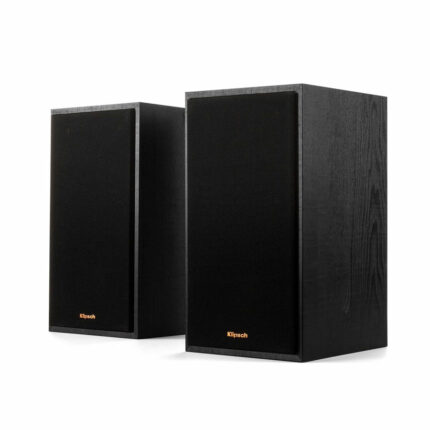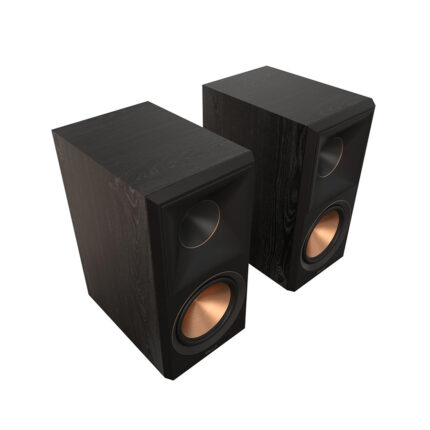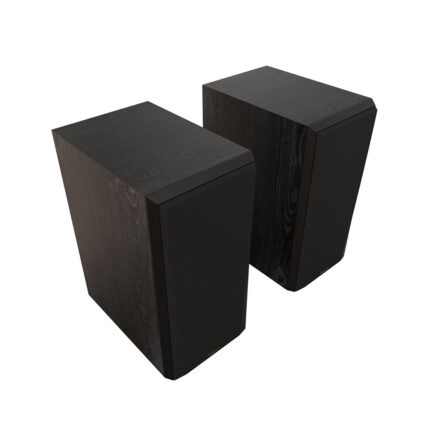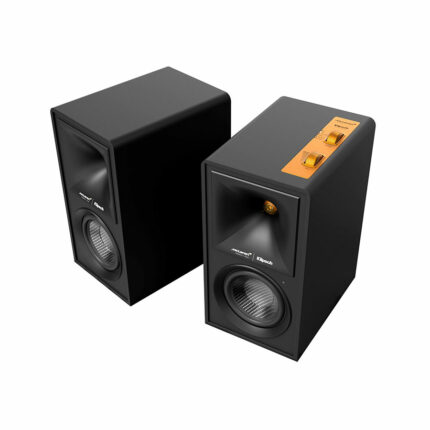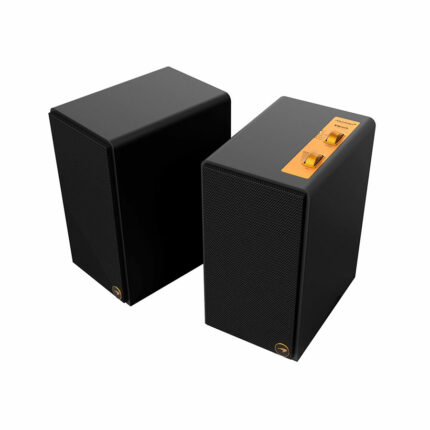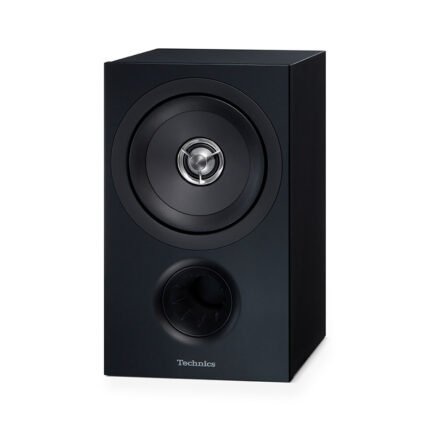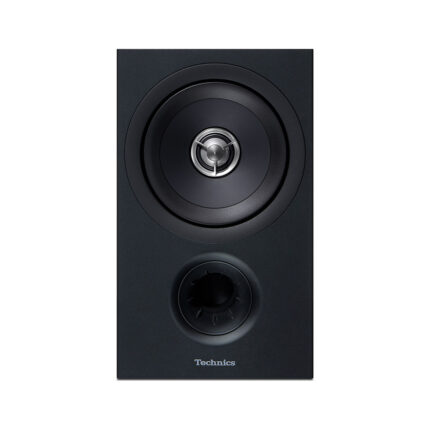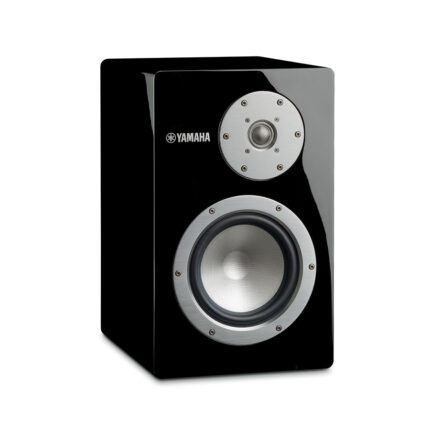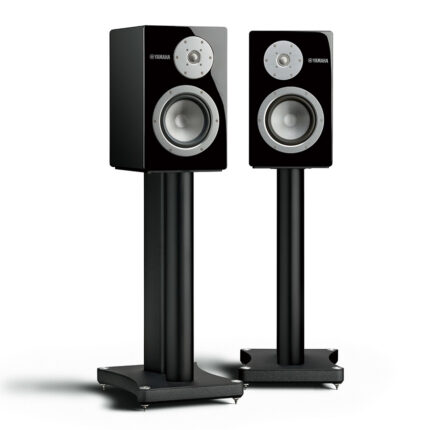Overview
Nothing beats a classic. An irresistibly modern version of the L100, the best-selling speaker in JBL’s storied history, the L100 Classic loudspeaker honors its predecessor’s unparalleled legacy and penchant for accurate, studio-quality performance all the while taking listeners deep into the 21st century with newly developed acoustic technology. Featuring unmistakably vintage styling that extends to the hallmark Quadrex foam grille in a choice of three vibrant colors, L100 Classic also comes with a satin wood walnut veneer enclosure with a black painted front and rear panels for aesthetics that stand out as much as this ravishing three-way model’s sound. About those sonics: Wow, just wow. Then there’s the speaker’s storied history.
Many audiophiles doubtlessly remember the unforgettable sound of the L100. And even for those that don’t recall it, fans of classic advertising design will recognize the iconic Maxell ad, “The Blown-away Man,” in which the listener sitting in his chair literally gets blown away by his speakers – L100s. JBL’s L100s were chosen because listeners who cared about full-frequency response, tremendous dynamic swings, and studio accuracy were playing the day’s best records on their own JBL speakers.
After all, L100’s internal components were being used as studio monitors around the globe to assist in the recording of the world’s best-selling albums. And, as it is now, it was rare at the time to find a loudspeaker that could please classical music lovers and high-energy rockers with equal unanimity. L100 did. Built to exacting standards with a cool sense of retro appeal, L100 Classic carries on that tradition.
Equipped with a 12-inch white, Aqua-plas-coated pure-pulp cone woofer with cast frame, a five-inch pure-pulp cone midrange driver, and a one-inch titanium dome tweeter, L100 Classic plays with a combination of refinement and authority, grace and impact, liveliness and trueness, and overall naturalism that instantly tells you you’re in the presence of something special – and a speaker engineered to live up to and exceed the status of its forerunner that, by nearly all accounts, stands as the best-selling model of the entire 1970s. True to JBL heritage, L100 Classic handles every style of music with aplomb, making it a terrific choice for listeners with diverse tastes and record collections. Its ability to be positioned horizontally or vertically adds to its exceptional versatility.
Retaining fundamental elements of the original L100 – and subsequent L100A and L100 Century evolutions – L100 Classic touts significant improvements to the transducers, enclosure tuning, and crossover network design. Designed by Chris Hagen, the same acoustic system engineer that created JBL’s L100T3, L100 Classic uses a newly developed JT025Ti1 titanium dome tweeter mated to a waveguide with an acoustic lens for optimal integration to the JM125PC cast-frame, pure-pulp cone midrange driver located directly below. Its vertical high- and mid-frequency transducer arrangement is slightly offset to the right of the woofer below, with high- and mid-frequency attenuators located on the upper left of the front baffle. Deep, taut bass comes by way of the 1200FE cast-frame, white pure-pulp cone woofer operating in a bass-reflex enclosure system tuned via a single, front-firing port tube with flared exit.
As you process these details and specifications, ask yourself: When was the last time you heard the bottom-end solidity of a 12-inch woofer? Remember, we’re not talking about multiple 6.5-inch drivers. We’re talking about the ability to move air with concert-like low-end responsiveness that produces the realism associated with live shows. Any speaker’s midrange driver is critical to getting everything right, and again, L100 Classic’s five-inch driver delivers accurate tonality and lifelike dynamics – be they from a human voice, or tone of a guitar, a piano, a snare drum, or any other instrument. And the tweeter in L100 Classic updates that of JBL’s finest one-inch titanium driver. It features incredible extension, yet also delivers an ultra-natural portrayal of upper octaves that give music its valued breath of life.
